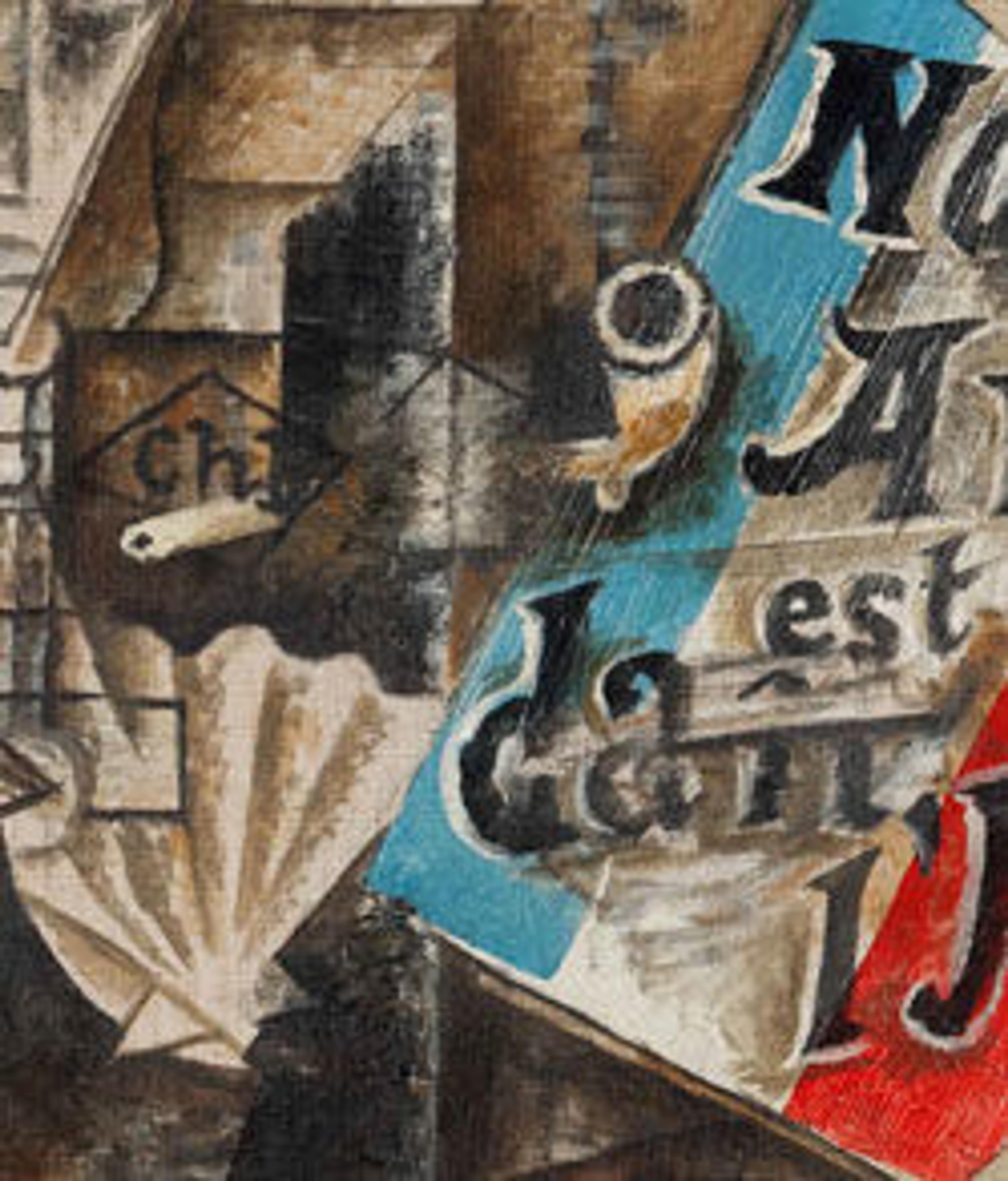Queen Nefertari Playing Senet
Nefertari was the Great Royal Wife, or principal queen, of Ramesses II. Her importance to the king is evident in the monuments he created to honor her. At Abu Simbel, the Ramesses constructed a small rock-cut temple for her next to his own and, for her burial, he commissioned a beautifully painted tomb in what is now called the Valley of the Queens.
This facsimile copies of one of the paintings from Nefertari's tomb. In this vignette, the queen sits in front of a table playing a game of senet again an invisible opponent. This was a popular game in life, but when represented in a tomb, as here, it has symbolic meaning. The word senet means "passing" and the game was seen as a parallel to the journey into the afterlife and the obstacles one had to overcome on the way.
In the scene, Nefertari wears an elaborately pleated and fringed gown of sheer linen. She also wears a gold bracelet, a broad collar, and what are probably silver earrings. On her head is the vulture headdress of a queen. The facsimile was painted at the tomb in 1921-1922 by Nina deGaris Davies who was a member of the Graphic Section of the Museum's Egyptian Expedition.
This facsimile copies of one of the paintings from Nefertari's tomb. In this vignette, the queen sits in front of a table playing a game of senet again an invisible opponent. This was a popular game in life, but when represented in a tomb, as here, it has symbolic meaning. The word senet means "passing" and the game was seen as a parallel to the journey into the afterlife and the obstacles one had to overcome on the way.
In the scene, Nefertari wears an elaborately pleated and fringed gown of sheer linen. She also wears a gold bracelet, a broad collar, and what are probably silver earrings. On her head is the vulture headdress of a queen. The facsimile was painted at the tomb in 1921-1922 by Nina deGaris Davies who was a member of the Graphic Section of the Museum's Egyptian Expedition.
Artwork Details
- Title: Queen Nefertari Playing Senet
- Artist: Nina de Garis Davies (1881–1965)
- Period: Original New Kingdom, Ramesside
- Dynasty: Dynasty 19
- Reign: reign of Ramesses II
- Date: ca. 1279–1213 B.C.
- Geography: Original from Egypt, Upper Egypt, Thebes, Valley of the Queens (Biban el-Malikat), Tomb of Nefertari (QV 66)
- Medium: Tempera on paper
- Dimensions: Facsimile: H. 43 cm (16 15/16 in); W. 46 cm (18 1/8 in); scale 1:2; Framed: H. 45.5 cm (17 15/16 in.); W. 49 cm (19 5/16 in.)
- Credit Line: Rogers Fund, 1930
- Object Number: 30.4.145
- Curatorial Department: Egyptian Art
More Artwork
Research Resources
The Met provides unparalleled resources for research and welcomes an international community of students and scholars. The Met's Open Access API is where creators and researchers can connect to the The Met collection. Open Access data and public domain images are available for unrestricted commercial and noncommercial use without permission or fee.
To request images under copyright and other restrictions, please use this Image Request form.
Feedback
We continue to research and examine historical and cultural context for objects in The Met collection. If you have comments or questions about this object record, please complete and submit this form. The Museum looks forward to receiving your comments.
